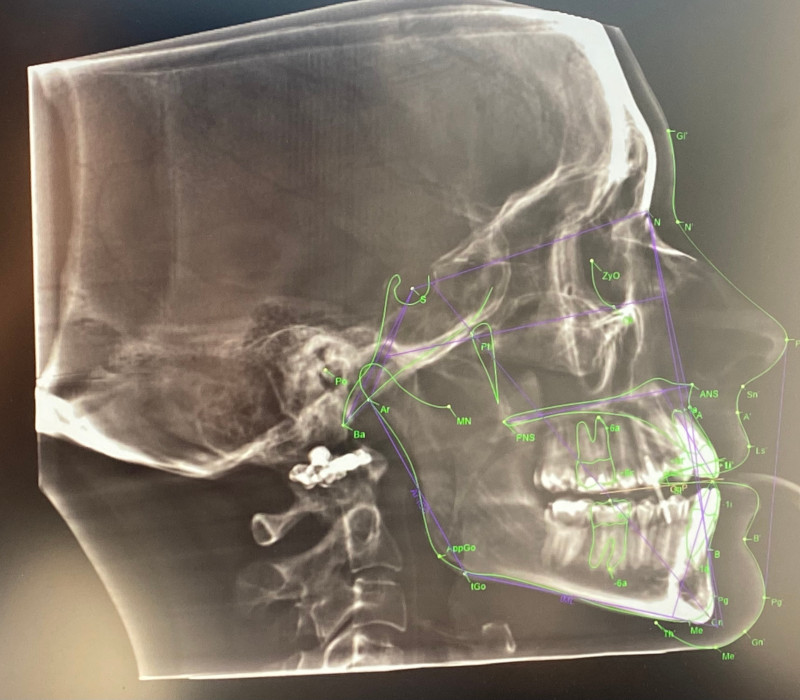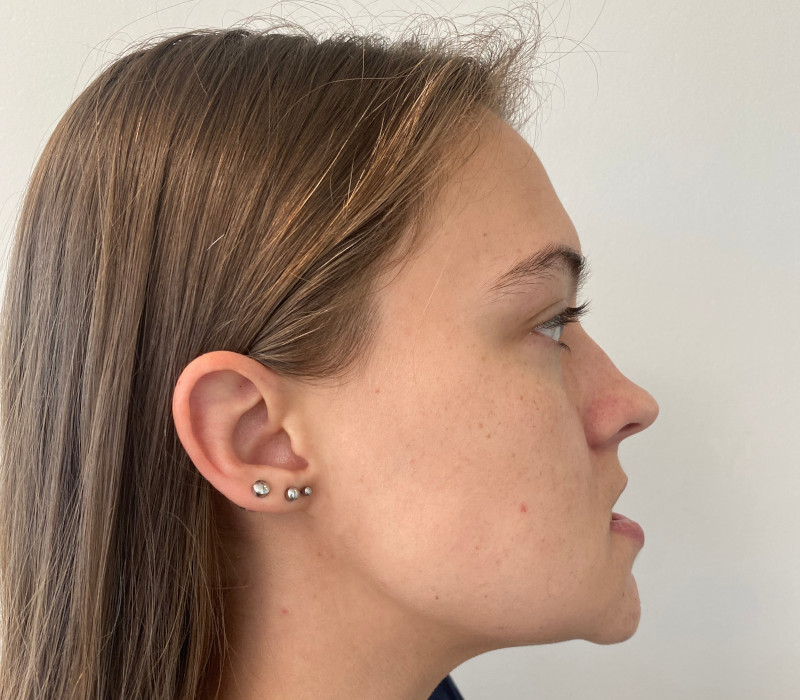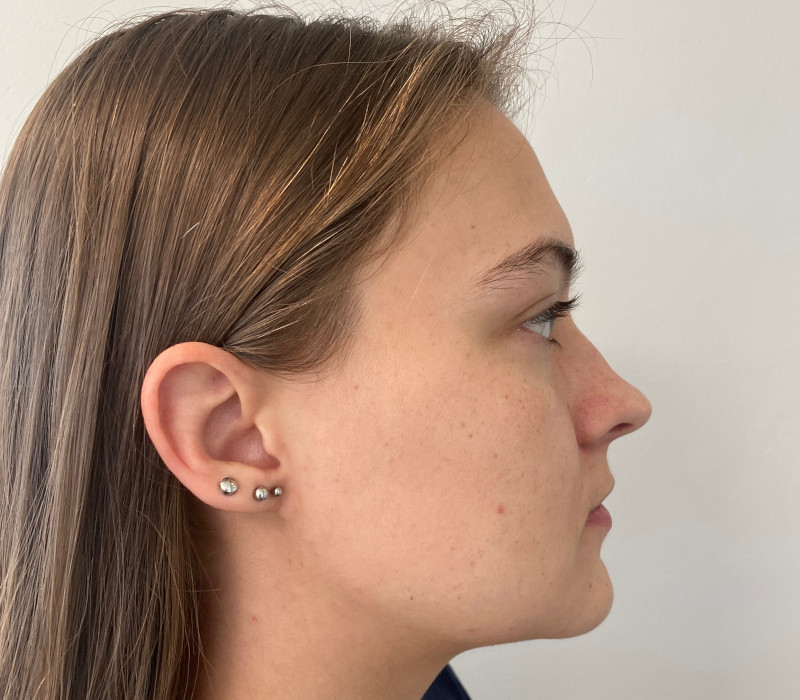Insights
Orthognathic Surgery



What is Orthognathic Surgery?
Orthognathic Surgery defined
Surgery to the jaws to realign or re-position is referred to as Orthognathic Surgery.
Surgical planning and preparation is a team approach between an Orthodontist, Dentist and Maxillofacial Surgeon. Many factors can contribute towards the need of such a surgery; this can be to adjust a misaligned jaw, to improve a patient's profile, to improve function, even to relief obstructive sleep apnea. Other factors include:
- Correcting symmetry of the face
- Adjusting of the bite so that the teeth can fit on each other
- To assist with TMJoint pain
- To improve a congenital condition affecting the facial bones
- To open the airway for problems such as obstructive sleep apnea and mouth breathing
When is such a treatment needed?
The best time is after the completion of growth. In certain circumstances earlier treatment is needed, but this will be discussed in person by your surgeon.
Types of procedures
Maxillary Osteotomy
This procedure is done to the upper jaw and can move the jaw up or down, forward or backwards depending on the need. This is done under general anaesthesia. All incisions are made inside of the mouth and the jaw and bone cuts are made. The jaw is then secured with titanium plated screws and the incisions closed with sutures. The healing period is primarily 2 weeks with minor residual swelling still present up to six weeks after the operation.
Mandibular osteotomy
This procedure is done to the bottom jaw. All cuts are made inside the mouth - bone cuts are also made and the jaw is positioned ideally. Fixation into position is made with titanium plates and screws.
Bimaxillary procedures
This is an operation to both the upper and the lower jaw at the same time. A 3D X-ray is used to plan this procedure.
Contact us
For any further questions feel free to contact Dr Smit for a consultation

